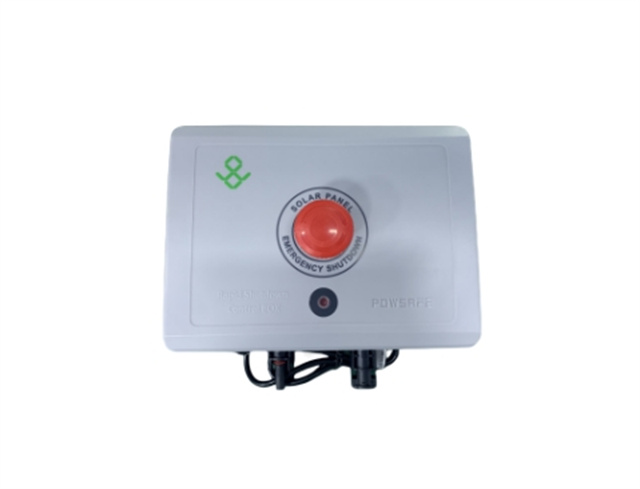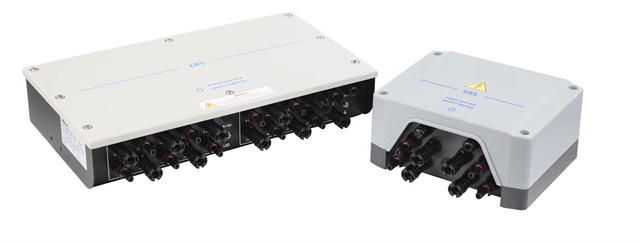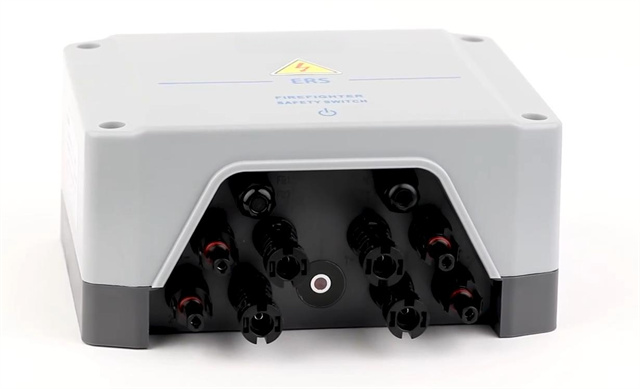Author:BLD Solar Energy SystemFROM:Solar System Converter Manufacturer TIME:2023-10-18
Choosing Rapid Shutdown for PV Systems

Rapid shutdown is an important safety feature for photovoltaic (PV) systems. It ensures that in the event of an emergency or maintenance work, the power generated by the PV system can be quickly and safely shut down. This article will explore the importance of rapid shutdown for PV systems and discuss various options available in the market.

The need for rapid shutdown arises from the potential risks associated with live electrical circuits. In case of a fire or other emergency situations, it is crucial to cut off the power supply to prevent electric shock hazards for firefighters, emergency responders, and maintenance personnel. Rapid shutdown mechanisms help minimize such risks by disabling the PV system swiftly.

National Electric Code (NEC) mandates the installation of rapid shutdown systems for PV systems. Article 690.12 of NEC requires that rapid shutdown devices be installed to allow for fast and safe de-energization of PV systems. Adhering to these code compliance requirements not only ensures the safety of individuals but also helps avoid legal liabilities.
There are several types of rapid shutdown solutions available in the market. One common approach is module-level rapid shutdown, which involves the installation of rapid shutdown devices at the module level. Another solution is string-level rapid shutdown, where rapid shutdown devices are integrated at the string level. Additionally, inverter-based rapid shutdown systems can be employed, which utilize special inverters with built-in rapid shutdown functionality.
Module-level rapid shutdown offers individual control over each module, providing enhanced safety and system performance optimization. However, it may require additional wiring and components, leading to increased installation complexity and costs. It is important to consider the specific project requirements, budget, and expertise of the installation team before choosing this solution.
String-level rapid shutdown offers a compromise between individual module control and overall system simplicity. By disconnecting strings of modules simultaneously, the safety measures are met, and the installation process becomes more streamlined. String-level solutions can be a cost-effective option for smaller PV systems or projects where individual module-level control is not a critical requirement.
Inverter-based rapid shutdown systems integrate the rapid shutdown functionality directly into the inverter. This eliminates the need for additional devices and simplifies the installation process. Inverter-based solutions can provide enhanced monitoring and control capabilities, making them suitable for larger PV systems. However, they may have limitations in terms of compatibility with existing inverters or retrofitting onto older systems.
When selecting a rapid shutdown solution, it is crucial to evaluate the cost and performance trade-offs. Module-level rapid shutdown may offer the highest level of safety but comes at a higher cost. String-level and inverter-based solutions provide a balance between cost-effectiveness and performance. It is essential to assess the specific project requirements, size, budget, and installation constraints to determine the most suitable option.
Rapid shutdown is an indispensable safety feature for PV systems, ensuring the protection of individuals and property during emergencies. The choice of rapid shutdown solution depends on several factors, including safety requirements, project size, budget, and installation constraints. Understanding the different options available and evaluating their pros and cons will help select the most appropriate rapid shutdown system for a PV installation.
